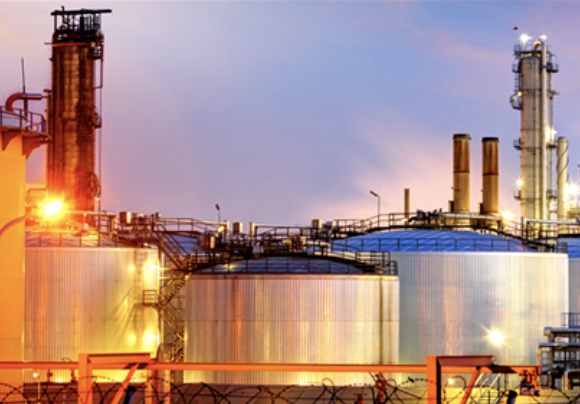The rapid growth of the vinyl industry continues in the face of clear evidence of serious health risks to workers, their families and neighboring communities. There is compelling evidence that it is now possible -- and essential -- to achieve a rapid transition to safer materials.
The good news is that this industrial transformation can be done in a way that is fair to all involved -- plastics manufacturers, industry workers and host communities. In almost all cases, Polyvinyl chloride can be replaced with safer materials. Alternatives to Polyvinyl chloride include traditional materials such as clay, glass, ceramics and linoleum. Even chlorine-free plastics are preferable to PVC in cases where traditional materials cannot be replaced. As consumers increasingly demand PVC-free products and people recognize the environmental and health costs of PVC, practical alternatives will become more economically viable. Ilo and environmental organizations have developed proposals for transition planning.
Many companies and governments have PVC limits and material substitution policies. Large companies such as Proctor and Gamble, Mattel and Body Shop have phased out PVC packaging. BMW, Hollitz, IKEA, Opel, SONY Europe and Volkswagen have all announced policies to eliminate PVC use. Major construction projects such as the Eurotunnel between the UK and continental Europe were completed without PVC. Some urban high-rise buildings and military and aerospace projects restrict the use of PVC. Due to increased demand, hundreds of European communities in various countries have imposed restrictions on the use of PVC in public buildings. The Swedish Parliament voted in 1995 to phase out soft and hard PVC containing additives that have been identified as harmful. In Denmark, government officials are currently considering phasing out PVC by the year 2000.
As part of the Environmental design for the Games, planning is under way for the 2000 Sydney Summer Olympics to minimize the use of chlorinated compounds, including polyvinyl chloride.
For a list of U.S. suppliers, manufacturers, and importers of alternative and PVC-free building materials, see our ONLINE resource guide to PVC Alternatives.
Building fires and PVC
Between 1980 and 1995, the use of PVC in buildings (the maximum amount of PVC used) doubled. With so much PVC used in construction and household items, accidental building fires are becoming increasingly dangerous for firefighters and building occupants. Although PVC is flame retardant, PVC products release toxic hydrogen chloride gas when heated. These corrosive gases can travel faster than flames, trapping building occupants before they have a chance to escape. Inhalation of hydrogen chloride gas is fatal.
According to fire experts, it's not uncommon for people caught in a building fire to be killed by toxic PVC smoke before the flames actually reach them. As builders and policy makers become more aware of the safety risks and potential costs associated with PVC fires, more restrictions are being instituted to ban the use of PVC in building construction.


